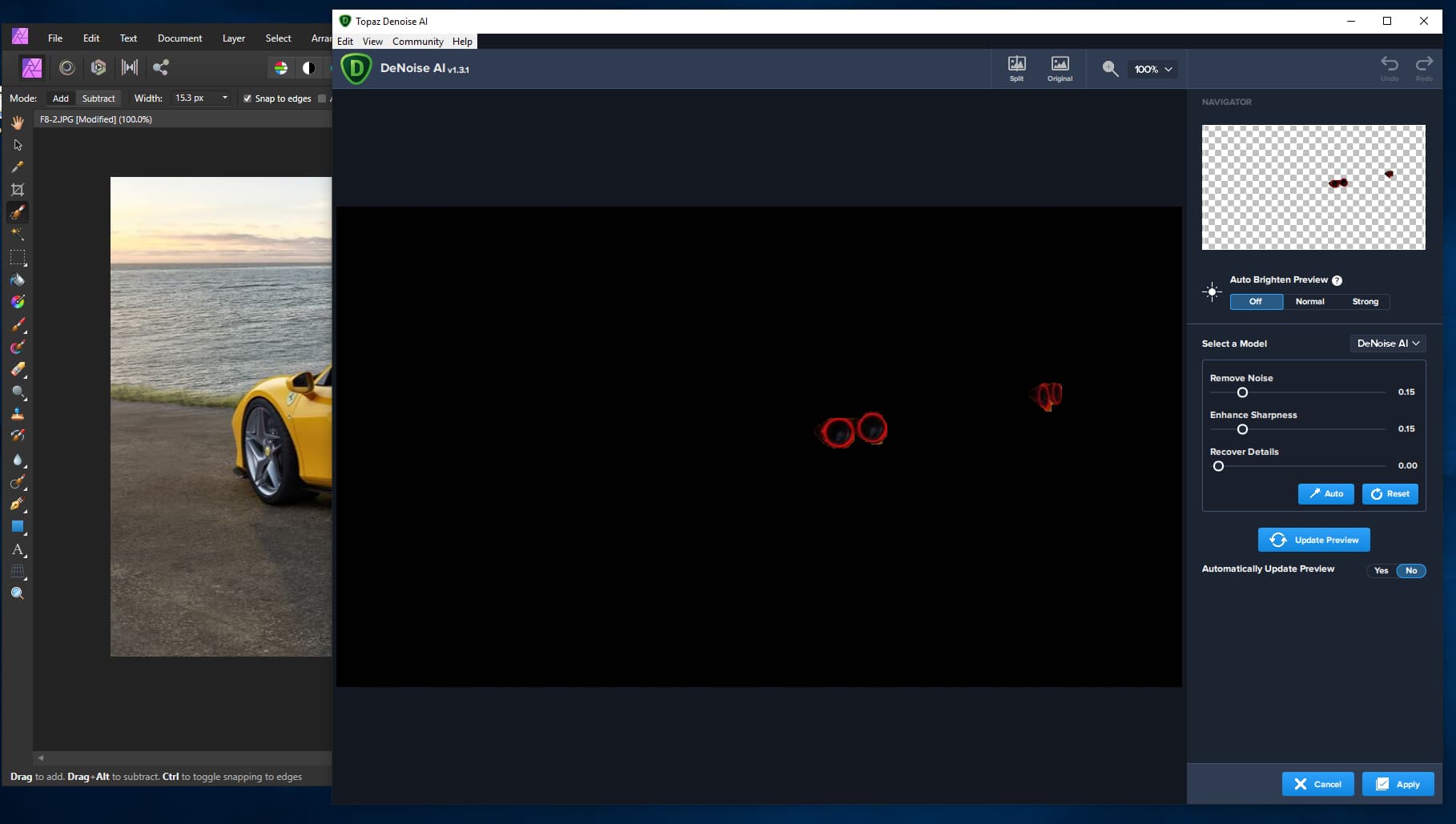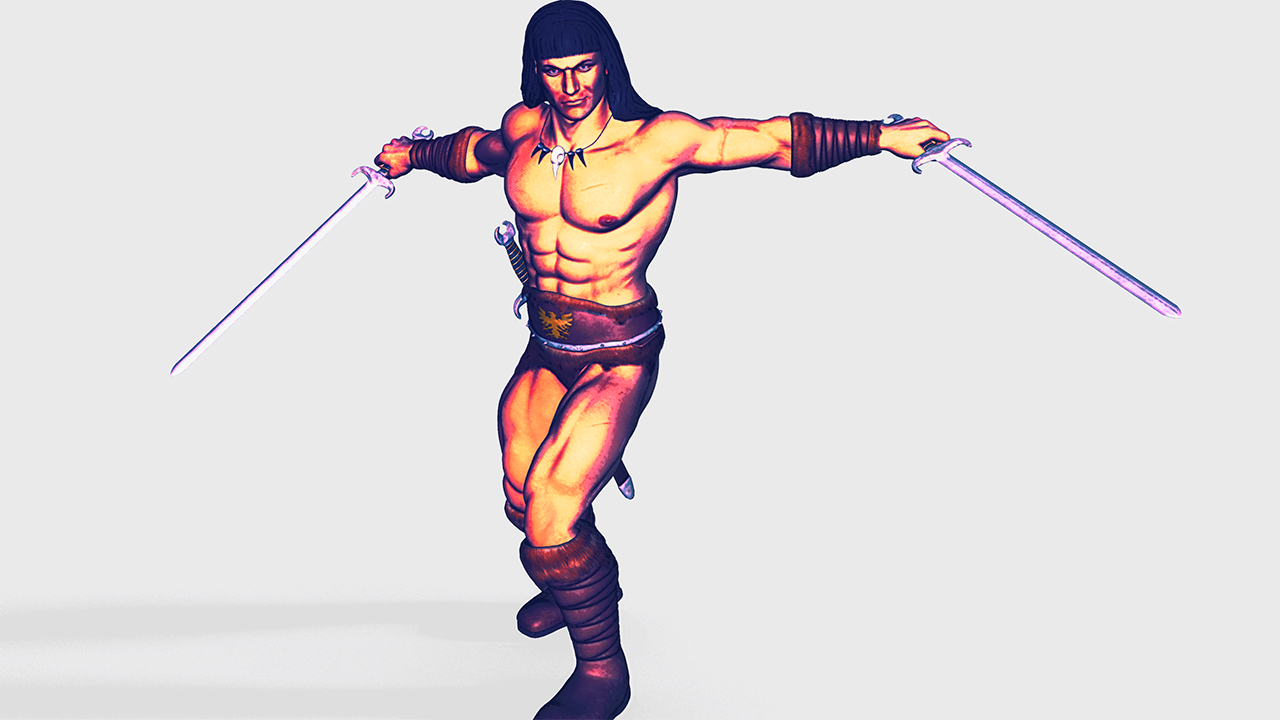

Precision contrast is not a panacea solution for post-processing. I prefer the simpler precision contrast panel for most situations, because it is quick and easy to make significant improvements. Those who want to take a deeper dive could use the tone curve to achieve similar results, which affords even more precise control – infinite, in fact – over fine contrast adjustments.
Here, adjusting micro-contrast affects the contrast of the shrubbery and waves only, whilst leaving the high contrast shadows in the hillside generally alone. What happens if you want to make the shrubs and waves stand out, while leaving the high contrast hillside shadows alone? This is where precision contrast helps. Then, there are areas with lower contrast, such as the specks of green shrubs on top of yellow vegetation or the different shades of blue in the ocean. For example, in the landscape image below, there are very dark sections of the hillside in the shadows, directly adjacent to bright areas. In other words, it allows you to edit the “contrast of the contrast”. This tool works by isolating the tones in the image that are naturally low, medium, high, and micro-contrast straight out of camera, allowing fine control of contrast within each of those ranges of inherent contrast. For example, what if the artist’s original intent was just to increase the contrast of the subject a bit to have it stand out, but in the process they also made a busy background even more noticeable? This is where a tool known as Topaz Precision Contrast, also known as Dynamic Contrast in other software, can be useful step up from standard contrast adjustment as a means control the overall look and feel of the image. I believe one possible reason for this phenomenon has to do with the way the contrast slider simultaneously affects all of the tones in the image.

Heavy-handed use, on the other hand, can lead photos having a ghastly and “over-cooked” appearance.

When used modestly, contrast adjustments resolve that washed-out look of an unprocessed RAW image. In the digital world, contrast is immediately added when shooting in JPEG, or it’s added in later in post with software. Modest contrast adjustments are often used to add life and energy back into an otherwise dull RAW file.īack in the film days, contrast was added a number of ways, including using higher contrast film chemistry, using filters on the camera lens or enlarger, or selectively dodging and burning in the darkroom. By increasing the spread between lighter and darker parts of the image away from neutral gray, lighter tones stand out more distinctly from darker tones. This is by design, since RAW images contain all the visual information captured by the sensor, and aren’t yet a visually accurate representation of the “real world”.īasic contrast adjustments – such as the contrast slider found in editors like Lightroom – generally work in the same basic way: increasing the slider value decompresses all of the tones in the image uniformly, otherwise known as “crushing the blacks”. Straight out of camera, RAW images often start out looking pretty flat and lifeless until basic adjustments are made. Tweaking contrast is one of the most common post-processing steps taken when editing RAW images.


 0 kommentar(er)
0 kommentar(er)
